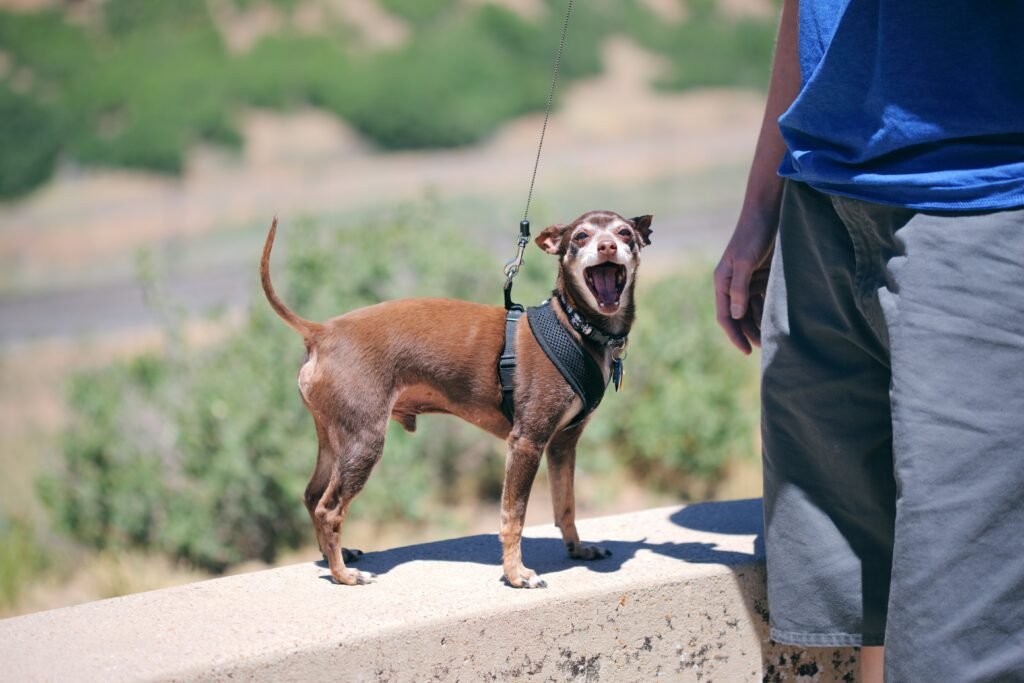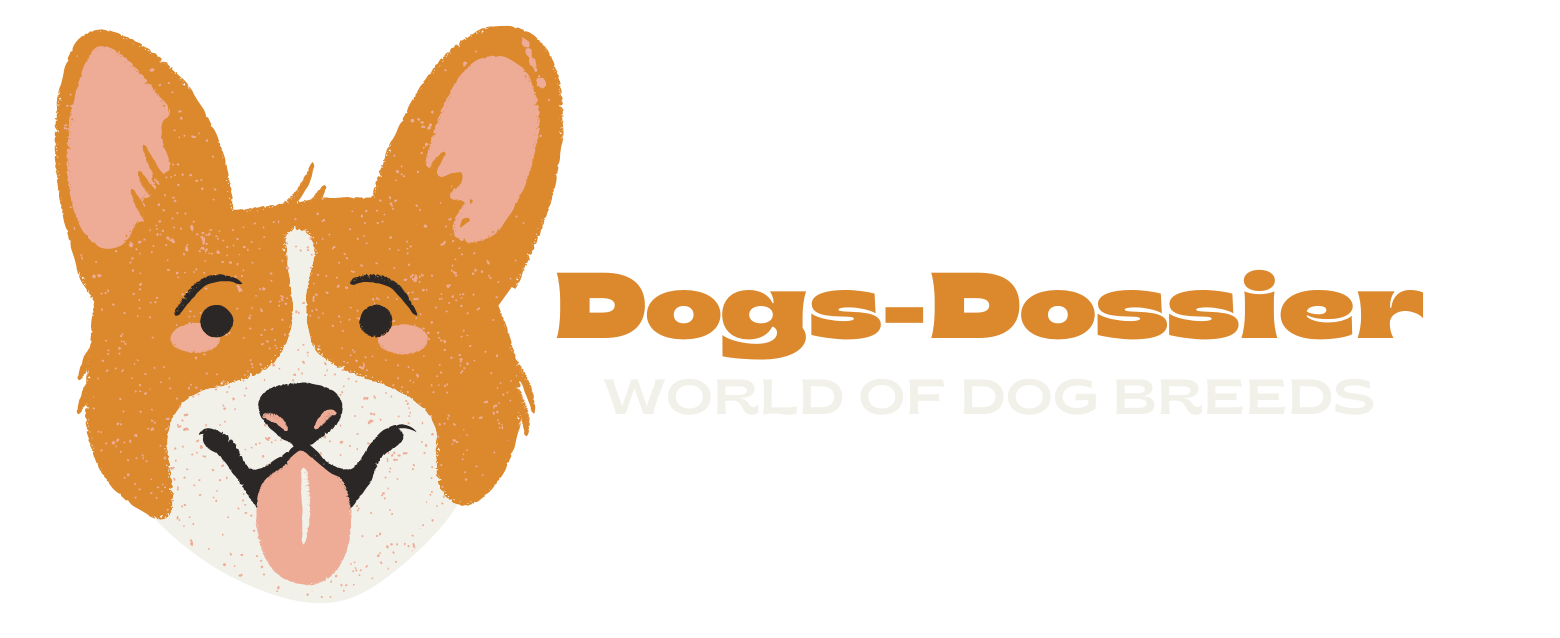Chihuahuas are one of the most beloved small dog breeds, known for their vibrant personalities and loyal companionship.
As a Chihuahua owner, understanding when and how your furry friend goes into heat is crucial. This knowledge not only helps in managing their health and well-being but also in planning for potential breeding or preventing unwanted pregnancies.
Understanding the Canine Heat Cycle
What is the Heat Cycle?
The heat cycle, also known as the estrous cycle, is a regular part of a female dog’s reproductive system. During this cycle, the dog becomes fertile and capable of conceiving. Understanding this cycle is key to recognizing when your Chihuahua is in heat and managing her needs accordingly.
Stages of the Heat Cycle
The canine heat cycle is divided into four stages: proestrus, estrus, diestrus, and anestrus. Each stage has its own characteristics and duration, affecting the dog’s behavior and physiology.
When Do Chihuahuas Typically Go Into Heat?

Chihuahuas typically go into their first heat between 6 to 12 months of age, with some experiencing it as early as 4 months or as late as 18 months. They generally go into heat twice a year, approximately every six months.
Factors such as genetics, health, and environment can influence the timing. Younger Chihuahuas might have irregular cycles initially, but they usually become more regular as the dog matures. If there are significant irregularities beyond the first year, consulting a veterinarian is recommended.
Average Age of First Heat
Chihuahuas typically go into their first heat between 6 to 12 months of age. However, some may experience their first cycle as early as 4 months or as late as 18 months. This variation is normal and can depend on several factors.
Factors Influencing the Timing
Factors such as genetics, overall health, and environmental conditions can influence when a Chihuahua enters her first heat. For instance, smaller dogs like Chihuahuas tend to mature faster than larger breeds, which can lead to an earlier onset of their first heat cycle.
Signs That Your Chihuahua is in Heat
Physical Signs
Some of the most noticeable physical signs that your Chihuahua is in heat include:
- Swelling of the vulva
- Increased urination
- Blood-tinged vaginal discharge
- Licking of the genital area more frequently
Behavioral Signs
- Behavioral changes during heat can include:
- Increased affection or clinginess
- Restlessness or anxiety
- Changes in appetite
- Attracting male dogs
Stages of the Heat Cycle in Chihuahuas

Proestrus
Proestrus is the first stage of a Chihuahua’s heat cycle, lasting about 7 to 10 days. During this stage, you’ll notice swelling of the vulva and a bloody vaginal discharge.
Your Chihuahua may become more affectionate but won’t yet be receptive to male dogs. Hormonal changes begin, preparing her body for potential mating.
Behavioral changes like restlessness and increased urination are also common. This stage is crucial for recognizing the onset of the heat cycle and ensuring your pet’s comfort.
Estrus
Estrus is the second stage of a Chihuahua’s heat cycle, lasting about 5 to 10 days. During this period, your Chihuahua is fertile and receptive to male dogs, making it the prime time for mating.
The vaginal discharge typically becomes lighter and more pinkish in color. Behavioral changes may include increased friendliness towards male dogs and possible agitation or restlessness.
Monitoring your Chihuahua closely during this stage is essential to prevent unwanted pregnancies or to plan for breeding if desired.
Diestrus
Diestrus is the third stage of a Chihuahua’s heat cycle, lasting about 60 to 90 days. During this stage, the female is no longer receptive to males, and her body either begins to return to normal if she is not pregnant or starts the gestation process if she is.
Hormonal levels stabilize, and physical signs of heat, like swelling and discharge, subside.
Behavioral changes often include a return to normal activity levels and routines. This stage ends when the dog’s body prepares for the next cycle or concludes pregnancy.
Anestrus
Anestrus is the final stage of a Chihuahua’s heat cycle, lasting about 2 to 6 months. This is a resting phase where there are no visible signs of heat, and the dog’s reproductive system is inactive. Hormonal levels remain low, and there is no vaginal discharge or swelling.
Behavior and physical condition are typically normal during this time. Anestrus allows the dog’s body to recover and prepare for the next heat cycle. It’s a crucial period for overall health and well-being before the cycle starts again.
How Long Does the Heat Cycle Last?
Duration of Each Stage
Proestrus: 7-10 days
Estrus: 5-10 days
Diestrus: 60-90 days
Anestrus: 2-6 months
Total Length of the Cycle
The entire heat cycle typically lasts about 6 months from start to finish, with the active heat period (proestrus and estrus) taking about 2-3 weeks.
Frequency of Heat Cycles in Chihuahuas
Typical Cycle Frequency
Chihuahuas typically go into heat twice a year, with cycles occurring approximately every six months.
However, this frequency can vary, especially in younger dogs who might have irregular cycles at first.
As they mature, the heat cycles generally become more consistent. Some Chihuahuas may experience slightly more or less frequent cycles, which can still be normal as long as the intervals are regular. If there are significant irregularities, it’s advisable to consult a veterinarian.
Variations in Cycle Frequency
Variations in cycle frequency among Chihuahuas can occur due to factors like age, health, genetics, and environment.
While most Chihuahuas go into heat every six months, some may experience cycles every four months or as infrequently as once a year. Younger dogs often have irregular cycles that become more regular as they mature.
Health issues or hormonal imbalances can also affect cycle frequency. If your Chihuahua has significant or persistent irregularities in her heat cycle, it’s best to consult a veterinarian to rule out underlying health problems.
Managing Your Chihuahua During Heat

Keeping Your Pet Comfortable
Ensuring your Chihuahua’s comfort during heat involves:
Providing a quiet and stress-free environment
Keeping her clean to prevent infections
Offering extra attention and affection
Handling Behavioral Changes
During heat, your Chihuahua may exhibit unusual behaviors. Being patient and understanding can help her cope better. Providing interactive toys can distract her from discomfort and restlessness.
Health Concerns and Heat Cycles
Potential Health Issues
Potential health issues related to a Chihuahua’s heat cycle include pyometra, uterine infections, false pregnancies, and mammary gland tumors.
Pyometra is a serious condition where the uterus becomes infected, leading to life-threatening complications if left untreated. Uterine infections can occur during or after the heat cycle, causing discomfort and requiring medical attention.
False pregnancies may cause behavioral changes and physical symptoms similar to pregnancy.
Mammary gland tumors, including mammary cancer, are more common in unspayed females and can be influenced by hormonal changes during heat cycles. Regular veterinary check-ups can help detect and address these health concerns early.
Breeding Considerations
Timing for Breeding
If you plan to breed your Chihuahua, the best time is typically during the estrus stage when she is most fertile. Consult with a vet to ensure your dog is in good health and ready for breeding.
Responsible Breeding Practices
Responsible breeding includes:
- Ensuring both dogs are healthy and free from genetic issues
- Avoiding breeding during the first heat cycle
- Providing proper prenatal care for the mother
Spaying and Its Effects on the Heat Cycle
Benefits of Spaying
Spaying your Chihuahua has numerous benefits, including:
- Prevention of unwanted pregnancies
- Reduced risk of certain cancers and infections
- Elimination of heat cycles and associated behaviors
What to Expect Post-Spaying
After spaying, your Chihuahua will no longer go into heat. She may experience some hormonal changes, but these are generally manageable and improve her overall quality of life.
Special Considerations for Chihuahua Owners
Small Dog Breeds vs. Larger Breeds
Chihuahuas and other small breeds tend to have more frequent heat cycles compared to larger breeds. They also mature faster, which affects the timing of their first heat.
Chihuahua-Specific Advice
Due to their size, Chihuahuas are more prone to certain complications during heat. Always monitor your pet closely and provide a safe, comfortable environment during her cycle.
FAQs: Chihuahuas
How often do Chihuahuas go into heat?
Chihuahuas typically go into heat every six months, though this can vary.
Can I spay my Chihuahua while she is in heat?
It’s generally recommended to wait until after the heat cycle to spay your dog, as there are increased risks associated with surgery during heat.
How can I prevent my Chihuahua from getting pregnant?
The most effective way is to spay your dog. During heat, keep her away from male dogs to prevent accidental pregnancies.
What should I do if my Chihuahua’s heat cycle seems irregular?
Consult your vet if you notice any significant irregularities, as it could indicate underlying health issues.
Is it normal for my Chihuahua to act differently during heat?
Yes, behavioral changes are common during heat due to hormonal fluctuations.
Conclusion
Understanding when and how Chihuahuas go into heat is essential for their care and well-being.
From recognizing the signs and stages of the heat cycle to managing your dog’s behavior and health during this time, being informed helps you provide the best care possible.
Whether you plan to breed your Chihuahua or simply want to ensure her comfort, knowing the ins and outs of the heat cycle is invaluable.

